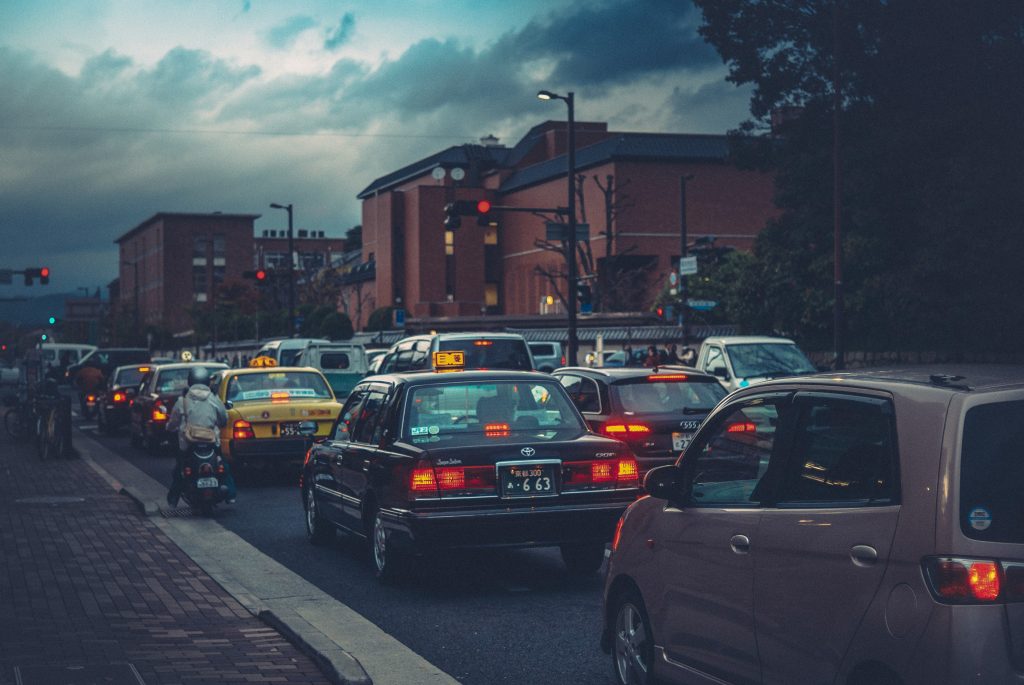Two years since its inception, Google‘s Project Green Light is turning heads and making waves in the world of sustainable urban planning. Revealed at the company’s Sustainability ‘23 event, this initiative uses artificial intelligence (AI) to transform ordinary traffic signals into pollution-fighting tools.
Google’s Project Green Light has been deployed in Rio, Jakarta, Manchester & more
So how does this work? Simply put, Google deploys machine learning to examine Maps data, gauging traffic congestion and vehicle wait times at stoplights. This data then trains AI systems to adjust the traffic light timings, aiming to minimize both idle time and the start-and-stop nature of city driving. This isn’t just tech for tech’s sake. Google is after a lofty goal: aiding its partners in cutting down one gigaton of carbon emissions by the end of this decade.

Initially a pilot in four Israeli intersections, the program’s success—a reduction in fuel use and intersection delays by up to 20 percent—led to its expansion to 12 global cities. Locations now include Rio de Janeiro, Manchester, and Jakarta, and Google has plans to broaden its reach in 2024.
Yael Maguire, Google’s VP of Geo Sustainability, said the system is unique in its scalability and cost-effectiveness, suggesting a potential 30% reduction in traffic stops. What’s more, city engineers can start seeing the impact within weeks of implementation. Results from Manchester show emission levels and air quality improving by as much as 18%.
Not to overlook the role of Google Maps here. By optimizing routes, the service has already averted around 2.4 million metric tons of carbon emissions. That’s comparable to sidelining half a million petrol cars for an entire year. Pretty impressive, right? Let us know if you think so too, in the comments below!
RELATED:
- End of the Road: Family Accuses Google Maps of Leading to Husband’s Death
- You can Now Tag your Favorite Locations on Google Maps Using Emojis
- Download the best GCam APK for OnePlus Nord CE 3 5G
(Via)







